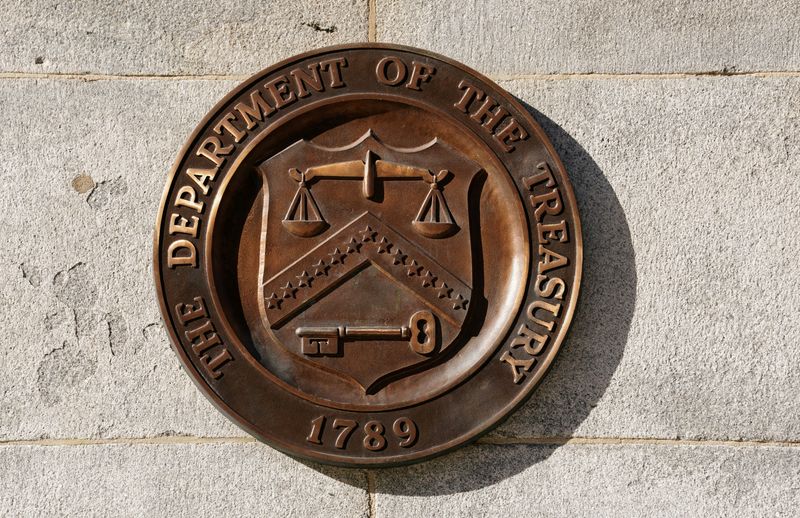Most assets have a physical existence and help companies in their operations. These fall under tangible assets and are the most common elements of the balance sheet. However, some assets may also be intangible and not have a physical existence. Nonetheless, they are still resources that companies can use for their operations or have gained through those operations.
Sometimes, companies may also record fictitious assets, similar to intangible assets. However, some characteristics set them apart. Therefore, it is crucial to define and understand fictitious assets in detail.
What are Fictitious Assets?
Fictitious assets are intangible assets that do not have a physical existence. However, unlike intangible assets, these assets also don’t come with a realizable value. In accounting, it is the value that a company gets from selling its assets. Therefore, companies cannot sell fictitious assets. Usually, these include expenses companies want to spread over a specific period.
Although accounting standards classify them as such, fictitious assets are expenses or losses. Unlike other items of the same kind, these assets do not reduce profits in the income statement. Instead, they appear in the balance sheet as an asset. Most companies classify them as intangible assets due to their non-physical nature. However, their non-realizable value sets them apart from other resources in that category.
What are the characteristics of Fictitious Assets?
Fictitious assets have specific characteristics that separate them from intangible and other assets. These characteristics are as below.
- Fictitious assets are intangible and have no physical presence. It is one of the most prominent characteristics of these assets.
- Fictitious assets have no realizable value, which sets them apart from other assets, specifically intangible ones.
- These assets are not the typical ones reported in the balance sheet and may include losses and expenses.
- These assets impact the financial statements over several periods.
- Fictitious assets get amortized under the same rules as other intangible assets.
- These assets come into existence during normal business activities.
While all characteristics define fictitious assets, the first two are more critical than others. The first feature is what sets these assets from other intangible ones. The second further separates fictitious and other intangible assets.
What are examples of Fictitious Assets?
As stated above, fictitious assets usually include expenses and losses that companies spread over several periods. Some of these include the following.
Discount on the issue of shares
A discount on the issue of shares is a reduction in the price at which shares get issued to investors. Companies also offer these to existing shareholders as a reward for their loyalty.
Preliminary expenses
Preliminary expenses are expenses incurred by a company before commencing operations. These expenses are also known as pre-operating expenses or start-up costs.
Marketing expenses
Marketing expenditure helps promote a company’s products or services. It includes costs associated with advertising, public relations, market research, sales promotions, and other similar activities.
Underwriting commission
An underwriting commission is a fee paid to an underwriter for the services provided for issuing securities. The commission is a percentage of securities issued and depends on market conditions.
Conclusion
Fictitious assets are expenses or losses that companies treat as an asset on the balance sheet. Since the impact of these items spreads over several periods, accounting standards require this treatment. Usually, fictitious assets fall under intangible assets, although both differ in various aspects. Examples of these assets include the ones listed above.
Further questions
What's your question? Ask it in the discussion forum
Have an answer to the questions below? Post it here or in the forum




